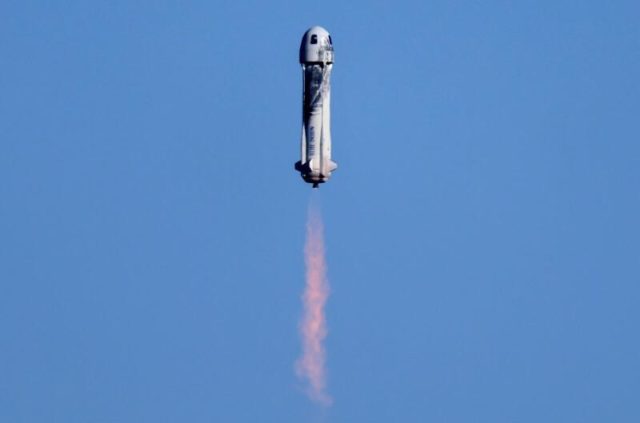Under a scenario of daily or weekly space tourism rocket launches, the impact on the stratospheric ozone layer threatens to undermine the recovery experienced after the implementation of the Montreal Protocol.
THE RACE for space tourism by Virgin Galactic, Blue Origin and SpaceX with several rocket launches is causing a bad effect on climate and contributing to global warming, according to a study.
Researchers from the University of Cambridge and Massachusetts Institute of Technology (MIT) showed that black carbon (soot) particles emitted by rockets are almost 500 times more efficient at holding heat in the atmosphere than all other sources of soot combined (surface and aircraft) – resulting in an enhanced climate effect.
While the study revealed that the loss of total ozone due to rockets is small, current growth trends around space tourism indicate potential for future depletion of the upper stratospheric ozone layer in the Arctic in spring.
This is because pollutants from solid-fuel rockets and re-entry heating of returning spacecraft and debris are harmful to stratospheric ozone, according to the findings published in the journal “Earth’s Future”.
“Rocket launches are routinely compared to greenhouse gas and air pollutant emissions from the aircraft industry, which we demonstrate in our work is erroneous,” said Dr Eloise Marais from UCL.
“Soot particles from rocket launches have a much larger climate effect than aircraft and other Earth-bound sources, so there doesn’t need to be as many rocket launches as international flights to have a similar impact. What we really need now is a discussion amongst experts on the best strategy for regulating this rapidly growing industry,” Marais said.
To calculate the findings, the researchers collected information on the chemicals from all 103 rocket launches in 2019 from across the world, as well as data on reusable rocket and space junk re-entry. The demonstrations by space tourism entrepreneurs Virgin Galactic, Blue Origin and SpaceX and proposed yearly offerings of daily launches by Virgin Galactic.
These data were then incorporated into a 3D atmospheric chemistry model to explore the impact on climate and the ozone layer.
The team showed that warming due to soot is 3.9 mW m-2 from a decade of contemporary rockets, dominated by emissions from kerosene-fuelled rockets. However, this more than doubles (7.9 mW m-2) after just three years of additional emissions from space tourism launches, due to the use of kerosene by SpaceX and hybrid synthetic rubber fuels by Virgin Galactic.
Under a scenario of daily or weekly space tourism rocket launches, the impact on the stratospheric ozone layer threatens to undermine the recovery experienced after the successful implementation of the Montreal Protocol – adopted in 1987, the global ban on substances that deplete the ozone layer.
The study calls for immediate mitigation practices to regulate the environmental impact of the space launch industry to minimise harm to the stratospheric ozone layer and climate.








